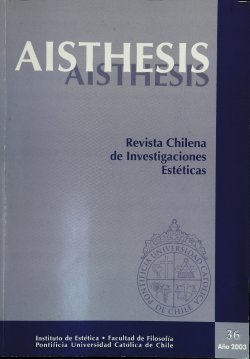El gusto estético en la sociedad posindustrial
Main Article Content
Abstract
How does the process ofesthetic taste and emotion function within the disintegration between the postmodern subject and the object? Plurality and heterogeneity with multiprocess conform the body of the présent day judgment of taste. Its result is the
construction of other types offigures of the world, new images ofwhat is real, diverse and distinct, created not from unity ñorfrom a universal idea ofpleasure in the classic sense, but from an inner subjective and multiform emotion. Taste is a victim of time.
From what is considered by the bourgeoisie as interesting and esthetic there has been a change to the shocking and spectacular postindustrial. Therefore, what is light, high couture, tourism, the world ofthe arts, world music, publicity, home design, the jet set, selfhelp books, books on the secrets ofthefamous are the new spheres ofgood taste. This has all ofthe previous ideas of modern art critics as wéll as well informed and cultured public at large, up against the wall. What kind of taste do we exercise in the présent? or in what manner have we muted judgment of good taste into fragmented distaste,indiscernible and decentralized? This essay contributes in providíng afew answers tothese questions.
Downloads
Article Details

This work is licensed under a Creative Commons Attribution-NonCommercial-ShareAlike 4.0 International License.
All contents of this electronic edition are distributed under the Creative Commons license of "Attribución-shareAlike 4.0 Internacional" (CC-BY-SA). Any total or partial reproduction of the material must mention its origin.
The rights of academic works published in this publication belong to their authors., who grant to AISTHESIS: Revista Chilena de Investigaciones Estéticas the license for its use. The management of the permits and the authorization of the publication of the images (or of any material) that contains copyright and its consequent rights of reproduction in this publication is the sole responsibility of the authors of the articles
